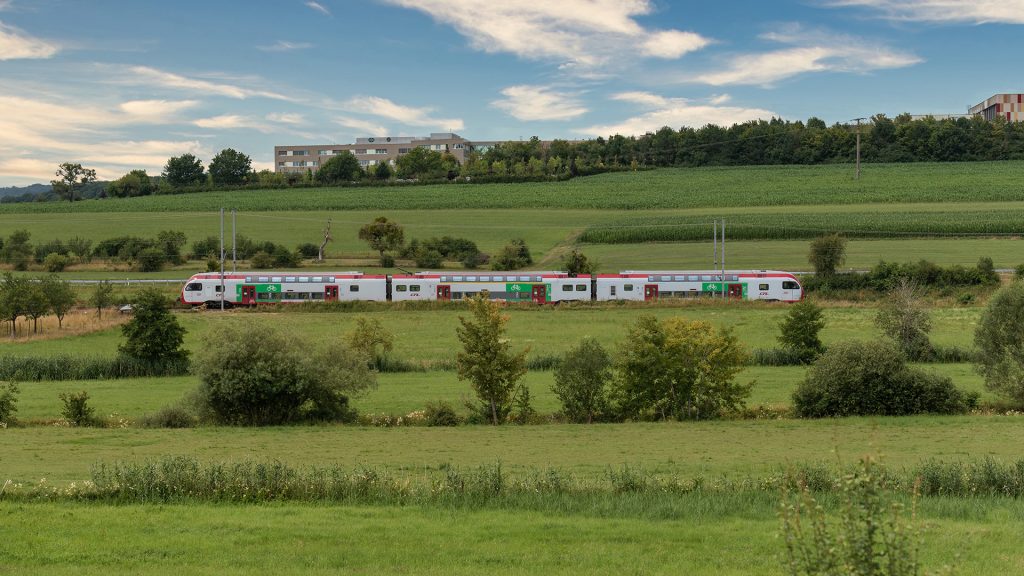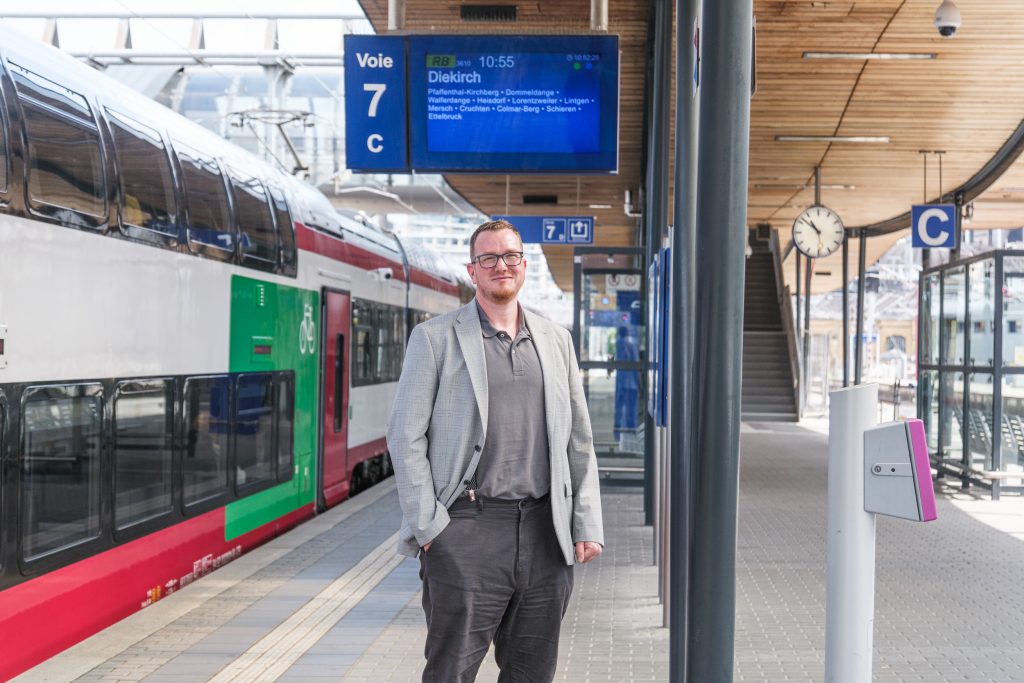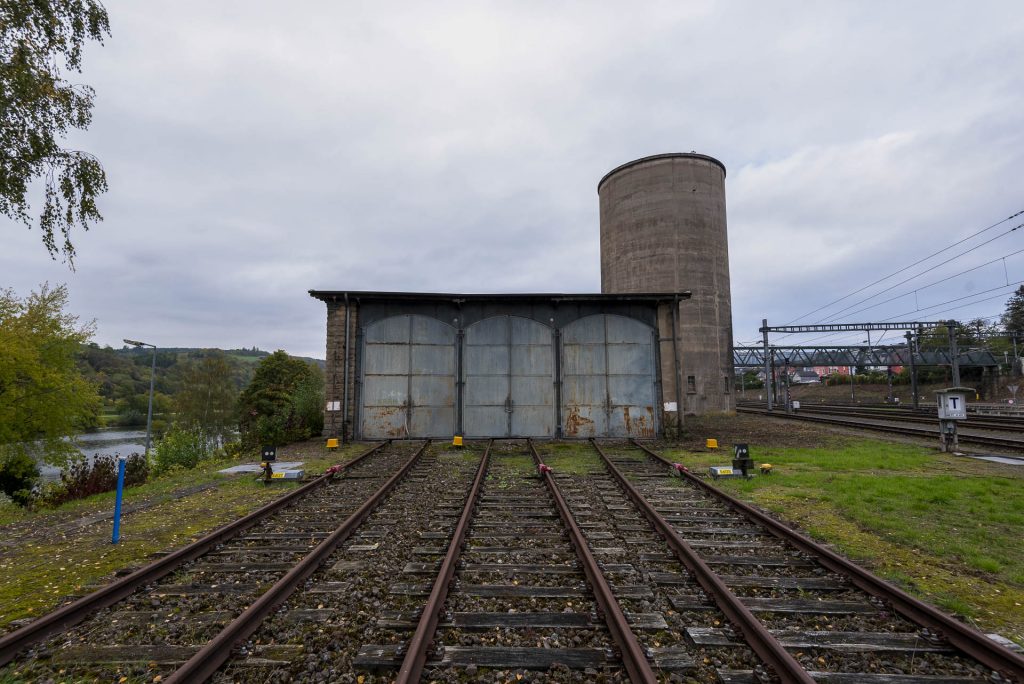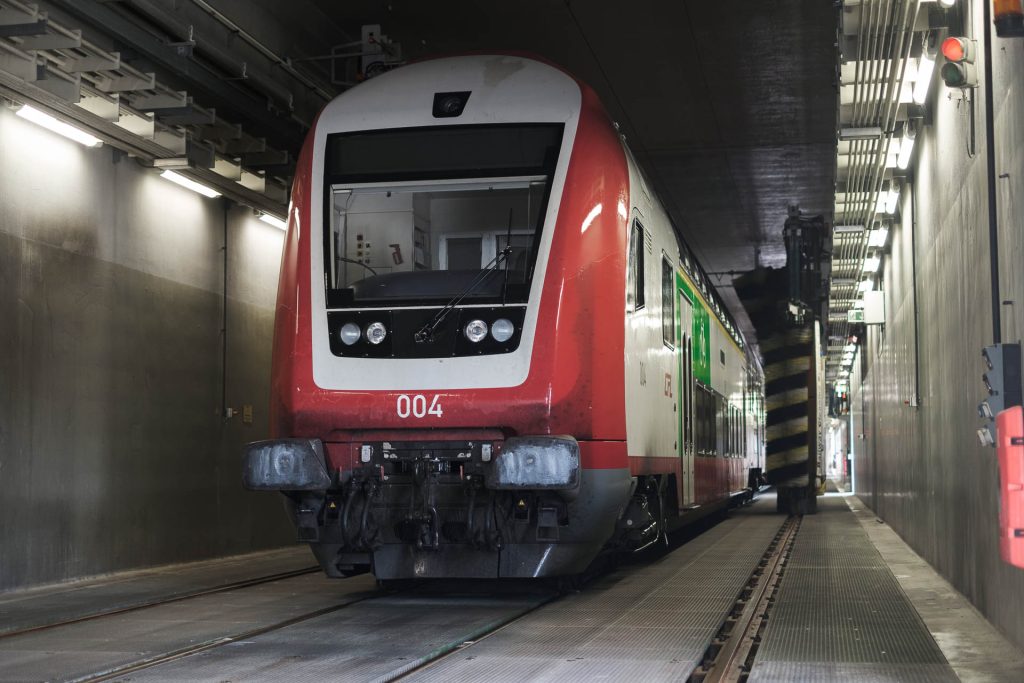
The CFL, a global player on the BIM scene

Since 12 November 2023, “Las Vegas”, otherwise known as “Sin City”, has become the world’s BIM metropolis. While this city of world-famous attractions is best known for its extravagant joie de vivre, this year it will be bringing together Building Information Modeling enthusiasts and professional leaders. Among the more than 12,000 in-person participants and twice as many online, are two representatives from Luxembourg, and more specifically Gilles Pignon and Jean-Christophe Ouaknine from the CFL.

Gilles, Jean-Christophe, why did you choose to take part in this global BIM event?
Autodesk University is a world-renowned event. We were already lucky enough to be able to present the CFL BIM approach at the Rail Summit, Europe’s leading BIM event. As the CFL, we act as true promoters of Building Information Modeling, which is why Autodesk, one of the leading suppliers of software for 3D design, engineering and construction, urged us to submit an application for the 2023 edition of the event, which is taking place in Las Vegas.
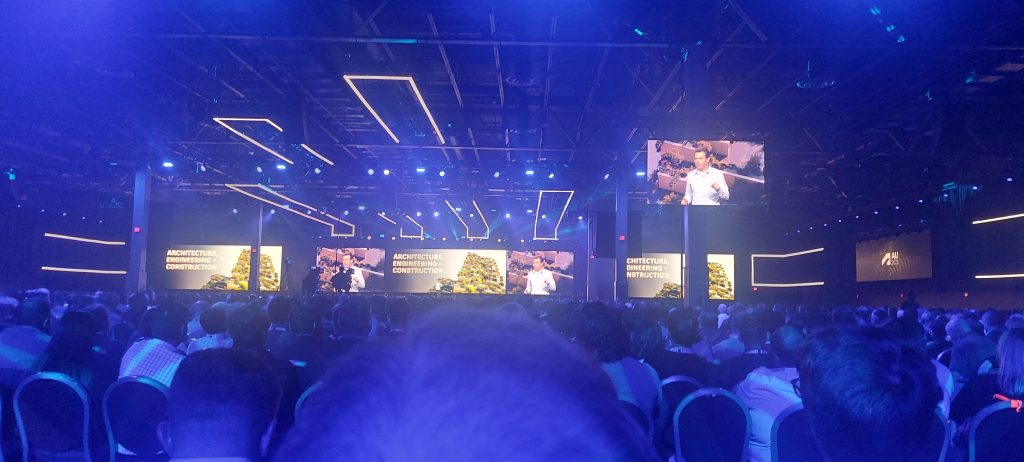
What is special about the CFL’s BIM approach?
In many countries, it is still difficult to implement a BIM methodology in the planning and construction of buildings and railway infrastructure. As the CFL, we benefit from a number of factors that favour the implementation of this methodology. The Building Information Modeling approach is above all a participative one. In short, we share and feed a common database with the stakeholders and teams involved in a project. It’s precisely this participative approach that enables us to reap the benefits of BIM – above all, greater efficiency in construction projects. BIM is 80% human, it’s a process that lives through participation. In this type of approach, communication plays an essential role. Luxembourg is a small country, which facilitates the exchange of information between the various stakeholders. We (the CFL) also benefit from the fact that we are an integrated company, i.e. that most of the know-how is located within the company. On a global level, this configuration is exemplary, which is why Autodesk actively pushed us to submit a dossier to present our approach in Las Vegas and, as a result, to the world’s BIM elite.
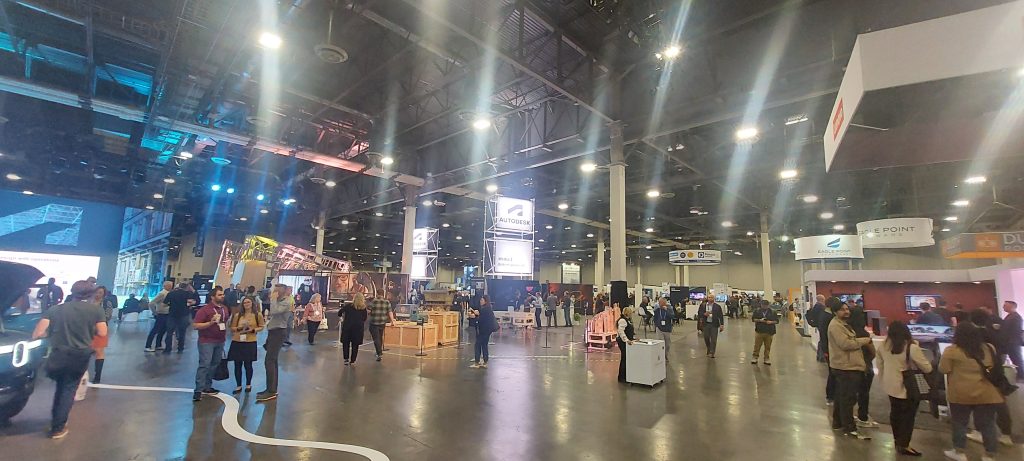
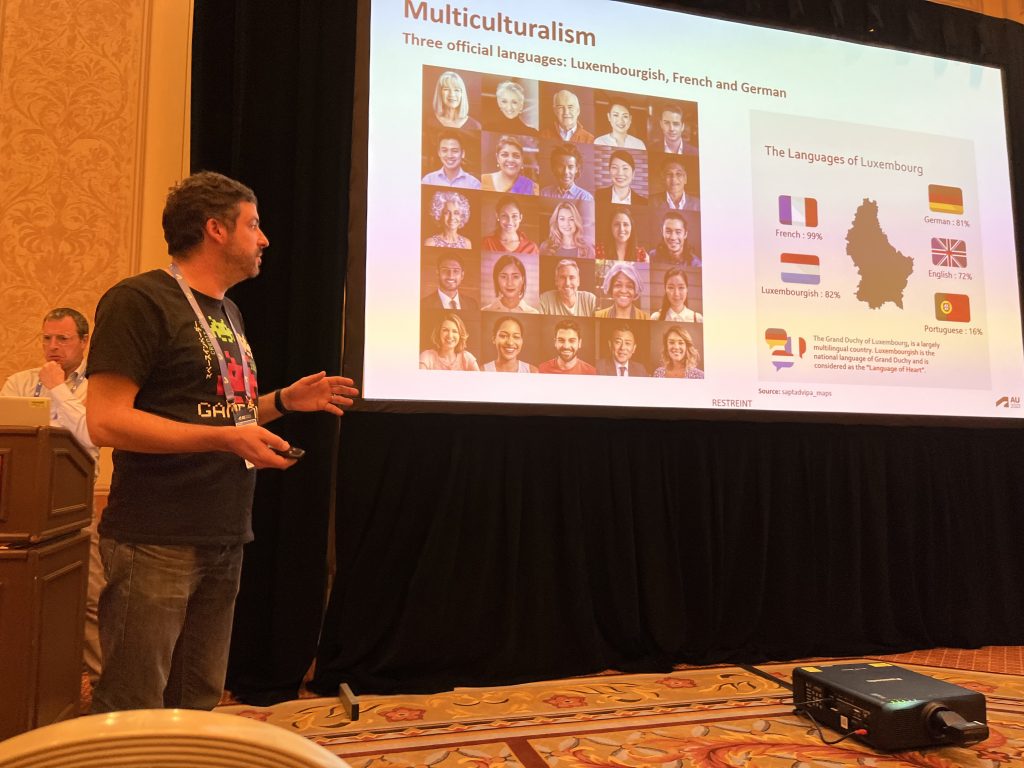
But the promotion of the CFL BIM approach is not limited to our company?
No, it isn’t. The CFL are actively involved in promoting Building Information Modeling as the new construction standard at national level. This is because this approach enables us to build in a more sustainable way, a particularly important aspect to consider in this field. By exchanging and enriching our common database, we are able to establish what is known as the digital twin (find out more about how Building Information Modeling works link to blog post). This approach allows us to simulate the various stages in the execution of construction work before it actually begins. This represents an enormous gain in efficiency in the way we build, for example by identifying potential problems before they become apparent during the actual construction. To make this possible, we actively promote this approach to working with our suppliers. However, this presupposes extensive support for the various parties involved, to explain the BIM process to them. To do this, we organise workshops and provide the necessary access to our collaborative platforms – while meticulously ensuring that the Building Information Modeling approach is respected.
A substantiel investment, then…
This support does require the allocation of certain in-house resources. But it’s certainly a worthwhile investment. For us, BIM is the future of construction. BIM offers opportunities that we absolutely have to seize: more efficient use of resources (materials and budgets), faster construction, optimised ‘after-sales’ service, and so on. We want to continue to establish the Building Information Modeling approach as the new standard in Luxembourg. So we won’t stop pursuing this vision by continuing to push as hard as we can.
What are your ambitions in terms of BIM for the future?
We have set ourselves some ambitious targets. By 2035 we aim to have a digital twin for our entire rail network, including buildings and rail infrastructure. In 2025, we will be presenting the first rail project to be built entirely using BIM. This will be a major first, as it will take us a step further from using BIM for building projects to using BIM for the entire rail environment for a specific project.
